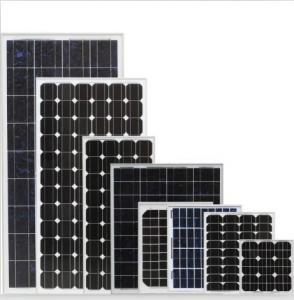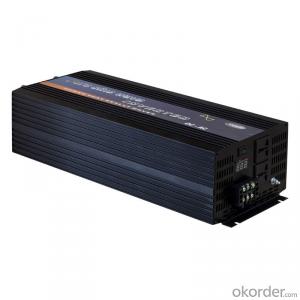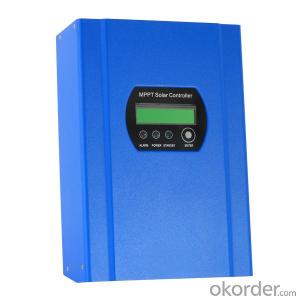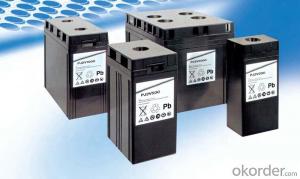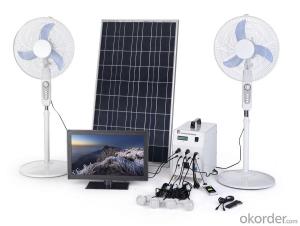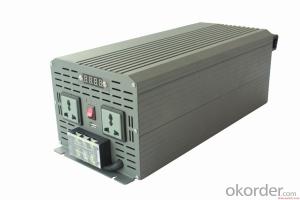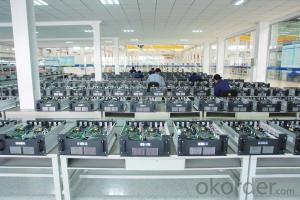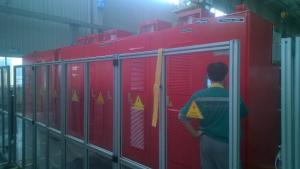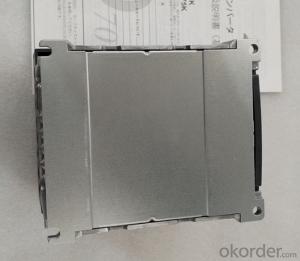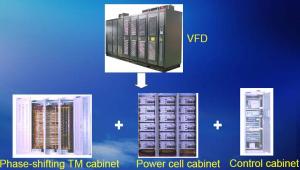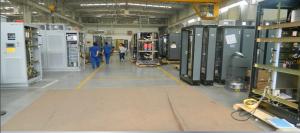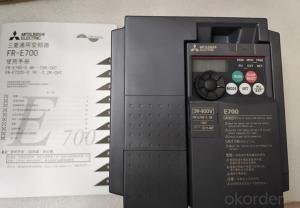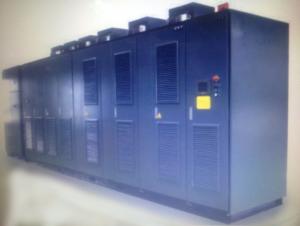Solar 2000 Watt Power Inverter
Solar 2000 Watt Power Inverter Related Searches
2000 Watt Solar Power Inverter Solar 2000 Watt Inverter Solar 2000w Power Inverter 2000 Watt Solar Inverter Solar Power Inverter 2000w Solar Inverter 2000 Watt 2000w Solar Inverter Solar Inverter 2000w 2000va Solar Inverter 2000w Solar Inverter Price 200kw Solar Inverter 200 Watt Solar Inverter 200 Kw Solar Inverter 200 Amp Solar Inverter 200w Solar Inverter 12000 Watt Solar Inverter 20kw Solar Inverter 200 Watt Solar Panel Inverter 20 Kw Solar Inverter Solar 3000 Watt Power Inverter Solar 2kw Inverter 2500 Watt Solar Inverter 3000 Watt Solar Power Inverter Solar 1000 Watt Power Inverter 1000 Watt Solar Power Inverter 2 Kilowatt Solar Inverter Solar 3000 Watt Inverter 2kw Solar Inverter 2kw Inverter Solar 3000 Watt Solar InverterSolar 2000 Watt Power Inverter Supplier & Manufacturer from China
The Solar 2000 Watt Power Inverter is a high-performance product designed to convert solar energy into usable AC power for various applications. This inverter is equipped with advanced features such as multiple charging modes, LCD display, and overload protection, making it a reliable choice for harnessing solar power efficiently. The product is widely used in residential, commercial, and industrial settings where a stable power supply is required, and it can handle a range of electrical devices, from small appliances to larger machinery. Its versatility and efficiency make it an ideal solution for those looking to integrate solar energy into their power systems.The Solar 2000 Watt Power Inverter is ideal for off-grid and grid-tied solar power systems, providing a seamless way to utilize renewable energy in both rural and urban environments. It can be used in scenarios such as home backup power, remote cabin power supply, and even as a power source for electric vehicles. The inverter's ability to handle a wide range of power requirements makes it a popular choice among consumers who are conscious about their energy consumption and are looking for eco-friendly alternatives.
Okorder.com is a leading wholesale supplier of the Solar 2000 Watt Power Inverter, boasting a large inventory that caters to the needs of various customers. As a reliable source for this product, Okorder.com ensures that customers receive high-quality inverters at competitive prices. With a commitment to customer satisfaction, Okorder.com offers a hassle-free shopping experience, making it easier for individuals and businesses to access the Solar 2000 Watt Power Inverter and incorporate solar energy into their daily lives.
Hot Products




